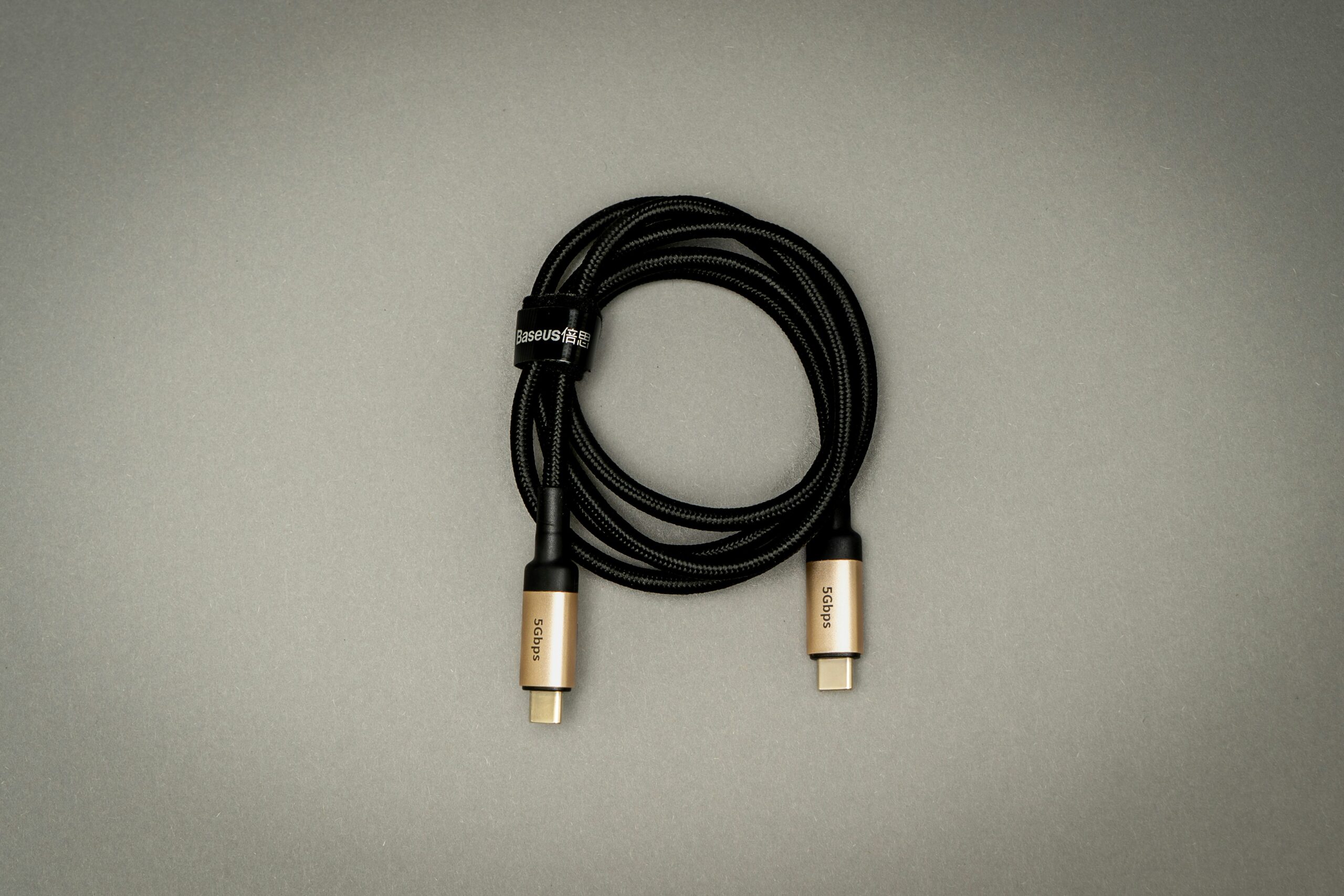In today’s world, where environmental concerns are at the forefront, sustainable tech solutions have become more important than ever. From smartphones to laptops, the devices we rely on daily are often accompanied by cables and adapters that can contribute to electronic waste if not designed with sustainability in mind. Fortunately, the tech industry is witnessing a shift toward eco-friendly cables and adapters, offering a greener alternative for environmentally conscious consumers. Let’s explore the latest developments, materials used, and companies leading the charge in sustainable tech accessories.
Latest Developments in Eco-Friendly Cables and Adapters
As consumers become more environmentally conscious, the demand for sustainable tech accessories, including cables and adapters, has surged. Here are some of the latest developments in this area:
1. Biodegradable and Recyclable Materials
- Biodegradable Cables: Some companies are now producing cables made from biodegradable materials, such as plant-based polymers. These materials break down naturally over time, reducing environmental impact and electronic waste.
- Recyclable Components: Many eco-friendly cables and adapters are now designed with recyclable materials, allowing them to be easily repurposed at the end of their life cycle. This helps minimize waste and conserve valuable resources.
2. Energy-Efficient Manufacturing
- Reduced Carbon Footprint: Manufacturers are adopting energy-efficient processes that minimize carbon emissions during production. By using renewable energy sources and optimizing manufacturing methods, companies can significantly reduce their environmental impact.
- Sustainable Packaging: Eco-friendly tech accessories often come with minimal or recycled packaging, further reducing waste and environmental harm. This includes using biodegradable packaging materials and minimizing plastic use.
3. Durability and Longevity
- Enhanced Durability: Eco-friendly cables are often designed for durability, reducing the need for frequent replacements. This not only saves consumers money but also reduces waste and resource consumption.
- Lifetime Guarantees: Some companies offer lifetime warranties on their sustainable cables and adapters, promoting a culture of repair and reuse rather than disposal.
Materials Used in Sustainable Tech and Their Environmental Impact
The choice of materials in tech accessories plays a crucial role in their environmental impact. Here are some common materials used in eco-friendly cables and adapters:
1. Recycled Plastics
- Environmental Benefits: Using recycled plastics in cable and adapter production reduces the demand for new plastic materials and decreases waste in landfills.
- Applications: Recycled plastics are often used for cable sheathing and connector casings, providing the same durability and functionality as virgin plastics.
2. Plant-Based Polymers
- Sustainability: Plant-based polymers, derived from renewable resources like corn or sugarcane, offer a biodegradable alternative to traditional plastics.
- Impact: These materials break down naturally in the environment, reducing the accumulation of plastic waste.
3. Metals from Responsible Sources
- Ethical Sourcing: Eco-friendly tech companies prioritize metals sourced from suppliers that adhere to ethical and sustainable practices.
- Recycled Metals: Many cables and adapters incorporate recycled metals, such as copper and aluminum, reducing the need for new mining activities and conserving natural resources.
Companies Leading the Charge in Eco-Friendly Tech Accessories
Several innovative companies are at the forefront of developing sustainable tech accessories, setting an example for the industry:
1. Nimble
- Commitment to Sustainability: Nimble is known for its eco-friendly cables made from recycled plastics and plant-based materials. The company is committed to reducing e-waste by offering a one-for-one recycling program, where they recycle one pound of e-waste for every product sold.
- Product Highlights: Nimble offers a range of sustainable charging cables, including those made from certified recycled materials and wrapped in biodegradable packaging.
2. Anker
- Eco-Conscious Initiatives: Anker, a leading manufacturer of tech accessories, has introduced a line of eco-friendly products known as the “Eco-Friendly Edition.” These products focus on using sustainable materials and reducing packaging waste.
- Innovative Solutions: Anker’s eco-friendly cables are designed for durability, with reinforced stress points and materials that ensure a longer lifespan.
3. VIVO
- Sustainable Manufacturing: VIVO emphasizes sustainable manufacturing processes, using energy-efficient methods and environmentally friendly materials in their cable production.
- Green Technology Solutions: VIVO offers a range of eco-friendly cables and adapters that cater to both consumers and businesses, providing reliable and sustainable connectivity options.
How to Choose Eco-Friendly Cables and Adapters
When selecting eco-friendly cables and adapters, consider the following tips to make an informed choice:
- Check Certifications: Look for products with certifications such as RoHS (Restriction of Hazardous Substances) and FSC (Forest Stewardship Council) labels, which indicate adherence to environmental and ethical standards.
- Research Brands: Choose brands with a commitment to sustainability, transparency, and environmental responsibility.
- Evaluate Packaging: Opt for products with minimal or biodegradable packaging to reduce waste.
- Consider Longevity: Invest in durable products with warranties or guarantees that encourage repair and reuse.
Conclusion
Eco-friendly cables and adapters represent a significant step forward in the quest for sustainable tech solutions. By embracing materials and manufacturing processes that minimize environmental impact, the tech industry is paving the way for a greener future. As consumers, supporting brands and products that prioritize sustainability can drive further innovation and encourage more companies to adopt eco-friendly practices. By making conscious choices, we can all contribute to a more sustainable and environmentally friendly tech landscape.


